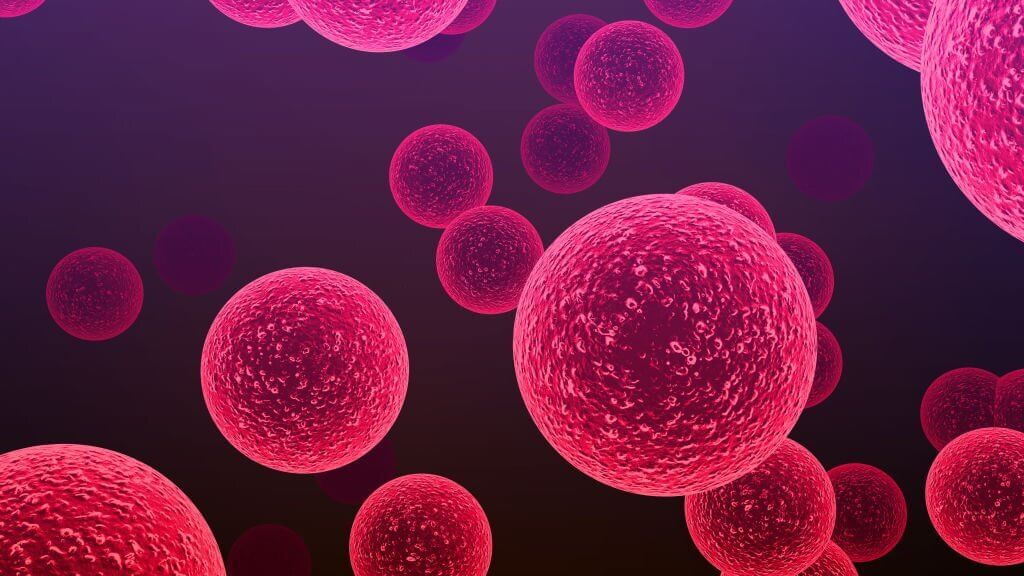The Hidden Truth of Group B Streptococci Survival in Amies Transport Medium

Recently, a research team led by Annaliesa S. Anderson from the American pharmaceutical company Pfizer, explored the potential of maternal immunization with an infant Group B Streptococcus vaccine. The findings of this study were published in the New England Journal of Medicine on July 19, 2023.
The study demonstrated that neonatal serotype-specific anti-capsular polysaccharide (CPS) IgG correlates with a reduced risk of Group B Streptococcus disease. Scientists are in the process of developing a hexavalent CPS-conjugate protein D (GBS6) vaccine as a maternal vaccine to prevent invasive Group B Streptococcus in infants.
Group B Streptococcus (GBS) is a leading cause of neonatal infection, with early-onset disease occurring in about 1% of newborns born to colonized women. The Centers for Disease Control and Prevention (CDC) recommends universal screening for GBS colonization in pregnant women at 35-37 weeks’ gestation and intrapartum antibiotic prophylaxis for colonized women to prevent neonatal disease. The CDC guidelines state that GBS viability can be maintained for up to 4 days in appropriate transport media at room temperature or refrigeration. A study in 2004 by Stoner et al. examined the effects of transport time, temperature, and concentration on survival of GBS in Amies transport medium.
Fifty GBS isolates (10 each of serotypes Ia, Ib, II, III, and V) were suspended in PBS at 0.5 McFarland standard. Serial 10-fold dilutions from 10-1 to 10-4 CFU/100μL were inoculated onto swabs and placed into Amies transport tubes with four swabs per dilution. Tubes were stored at 3°C, 24°C, and 30°C for up to 8 days. At 2, 4, 6, and 8 days, GBS survival was assessed by inoculating the swabs into selective enrichment broth and quantifying growth after 24h incubation.
GBS viability was maintained for up to 4 days at 3°C and 24°C at concentrations of ≥10 CFU/swab, consistent with CDC guidelines. However, recovery was significantly reduced after 4 days at 30°C compared to 24°C. At lower concentrations of ~10 CFU/swab, effects of time and temperature were greater than at higher concentrations. After 6 days, adequate sensitivity was only observed at 4°C and 24°C for samples with ≥100 CFU. No recovery was observed after 6 days at 30°C regardless of initial concentration.
At the lowest concentration (~10 CFU/swab), GBS viability after 48h was higher at 24°C (80%) compared to 3°C (50%). Acceptable viability was not achieved over 4 days at any temperature for the lowest concentrations. Exposure to 30°C or higher for extended transport times could reduce detection of low GBS densities.
There were no differences in viability between the five serotypes. The results overall support CDC guidelines for GBS survival up to 4 days in transport media at room temperature or refrigeration. However, care should be taken to minimize exposure to temperatures ≥30°C during prolonged transport, especially for low density GBS samples. Further studies are needed using swabs with full vaginal/rectal flora to confirm effects.
In summary, key findings of this study include:
-
- Viability of ≥10 CFU of GBS was maintained for up to 4 days at 3°C and 24°C but significantly decreased after 4 days at 30°C
-
- Time and temperature had greater effects on recovery at lower GBS concentrations
-
- At 6 days, adequate sensitivity was only achieved at 4°C and 24°C for samples with ≥100 CFU
-
- No recovery occurred after 6 days at 30°C regardless of initial concentration
-
- At the lowest concentration (~10 CFU), higher viability was observed at 24°C versus 3°C after 48h
-
- No differences in viability were observed between the five serotypes
-
- Results overall support CDC guidelines for GBS survival up to 4 days in transport media at room temperature or refrigeration
-
- Caution should be taken during prolonged transport to avoid temperatures ≥30°C, especially for low density GBS samples
The findings indicate transport conditions can significantly impact recovery of GBS, particularly at low concentrations. Maintaining cooler temperatures appears beneficial for preserving viability. These results provide evidence for optimal transport conditions to ensure accurate detection and recovery of GBS from vaginal screening swabs.
Click to view → Mantacc vaginal/cervical swabs
References
-
1. Stoner KA, Rabe LK, Hillier SL. Effect of transport time, temperature, and concentration on the survival of group B streptococci in amies transport medium. J Clin Microbiol. 2004 Nov;42(11):5385-7. doi: 10.1128/JCM.42.11.5385-5387.2004. PMID: 15528750; PMCID: PMC525242.
-
2. Pfizer Announces New England Journal of Medicine Publication on Group B Streptococcus (GBS) Maternal Vaccine Candidate
Related Posts
Why Charcoal is Crucial in Amies Transport Medium for Gonorrhea Detection
Amies Transport Medium: Ensuring Sterility and Stability at Room Temperature
Your One-stop Source For Everything Amies Transport Medium
Transport Medium: A Vital Solution for Preserving Specimens









